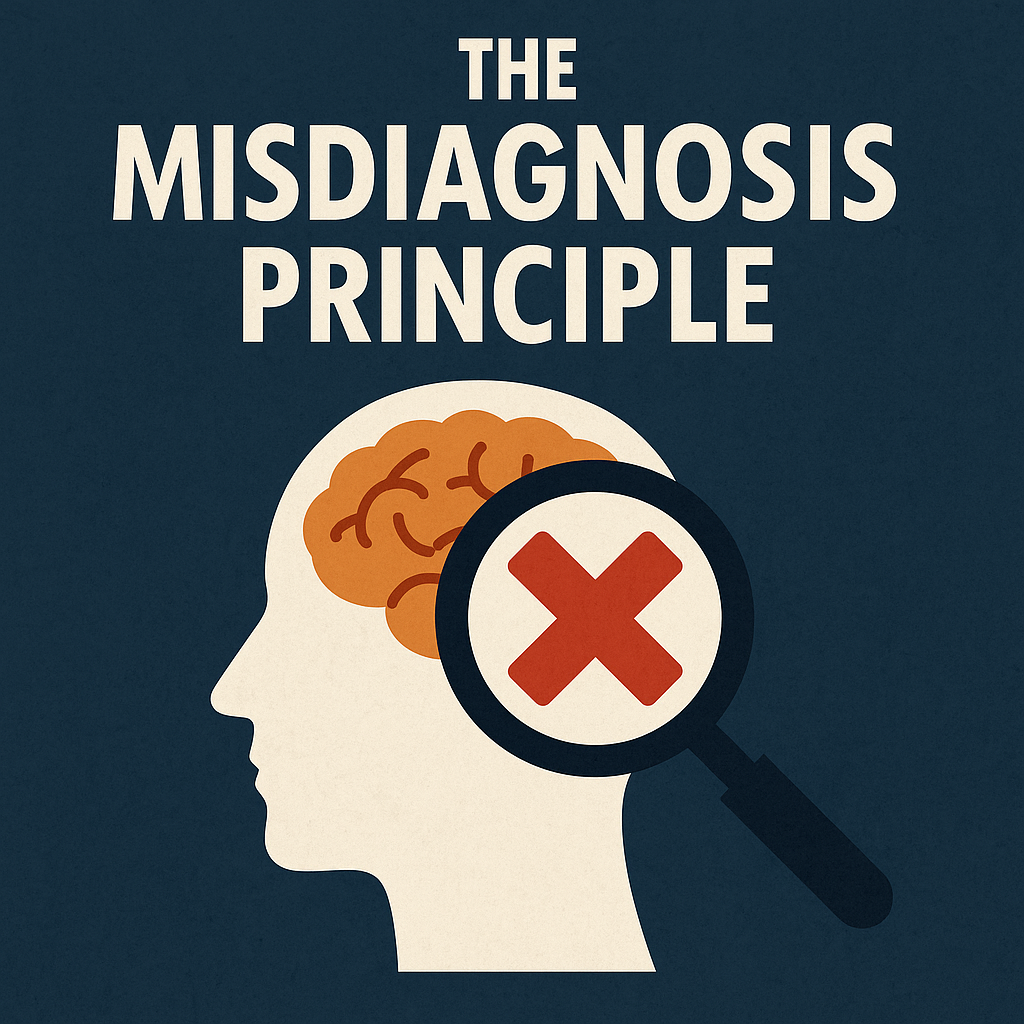Colin Rhys Lovell’s English Constitutional and Legal History: A Survey offers a comprehensive overview of the development of English constitutional and legal systems from their early beginnings through to modern times. This book is an in-depth examination of how England’s legal and political structures evolved, focusing on key historical moments, legal reforms, and constitutional principles that shaped not only England but also influenced the constitutional frameworks of other nations, including the United States.
Key Themes and Concepts:
- Development of English Common Law: Lovell explores the evolution of English common law, tracing its origins from medieval times. The common law, developed through judicial decisions and precedents, became one of the cornerstones of the English legal system. This system, distinct from Roman civil law, provided the foundation for legal principles like trial by jury, habeas corpus, and due process, which later influenced the legal traditions of other nations.
- Magna Carta and Constitutional Foundations: One of the most critical moments in English legal history discussed by Lovell is the signing of the Magna Carta in 1215. This document is considered the first step toward constitutional governance in England, establishing that the monarch’s power was not absolute and that subjects had certain rights that the crown must respect. The Magna Carta laid the groundwork for future constitutional developments, including the Petition of Right (1628) and the Bill of Rights (1689).
- The Growth of Parliamentary Power: The book covers the rise of Parliament as a central institution in English governance. Initially, Parliament was a body that advised the king, but over time it gained legislative authority and the ability to challenge the monarch’s power. Lovell explains how conflicts between the monarchy and Parliament, such as during the English Civil War and the Glorious Revolution, led to the establishment of a constitutional monarchy, where the monarch’s power was limited by law.
- The Role of the Judiciary: Lovell emphasizes the importance of the judiciary in shaping English constitutional and legal history. Key cases and judicial figures helped to develop the principles of judicial independence and the rule of law. He examines how the courts played a role in maintaining a balance between the power of the monarchy and the rights of subjects, as well as the emergence of judicial review, which allowed courts to interpret and apply constitutional principles.
- Key Constitutional Documents and Acts: The survey details various constitutional documents and Acts of Parliament that have had a lasting impact on English legal history, such as:
- The Statute of Westminster (1931), which granted legislative independence to the British dominions.
- The Act of Settlement (1701), which determined the succession to the English throne and ensured judicial independence.
- The Reform Acts of the 19th century, which expanded the electorate and reformed the parliamentary system.
- Influence on Modern Legal Systems: Lovell discusses how English constitutional and legal principles influenced the development of legal systems in other parts of the world, particularly in former British colonies like the United States, Canada, and Australia. Concepts such as constitutional monarchy, representative government, and individual rights were exported to these countries and integrated into their own legal systems.
- Impact of Legal Reforms: Throughout the book, Lovell highlights significant legal reforms that modernized the English legal system. These include reforms to criminal law, property law, and the legal profession. He examines how these changes reflected broader societal shifts, such as the move toward a more democratic and inclusive legal system during the 19th and 20th centuries.
Conclusion:
Colin Rhys Lovell’s English Constitutional and Legal History: A Survey is an essential text for anyone interested in understanding the evolution of England’s constitutional and legal framework. The book provides a clear and detailed account of the key events, documents, and figures that shaped the English legal system, offering valuable insights into how these developments continue to influence modern constitutional and legal thought. This work is particularly useful for students of law, history, and political science, as it traces the foundations of legal principles that remain central to democratic governance today.





